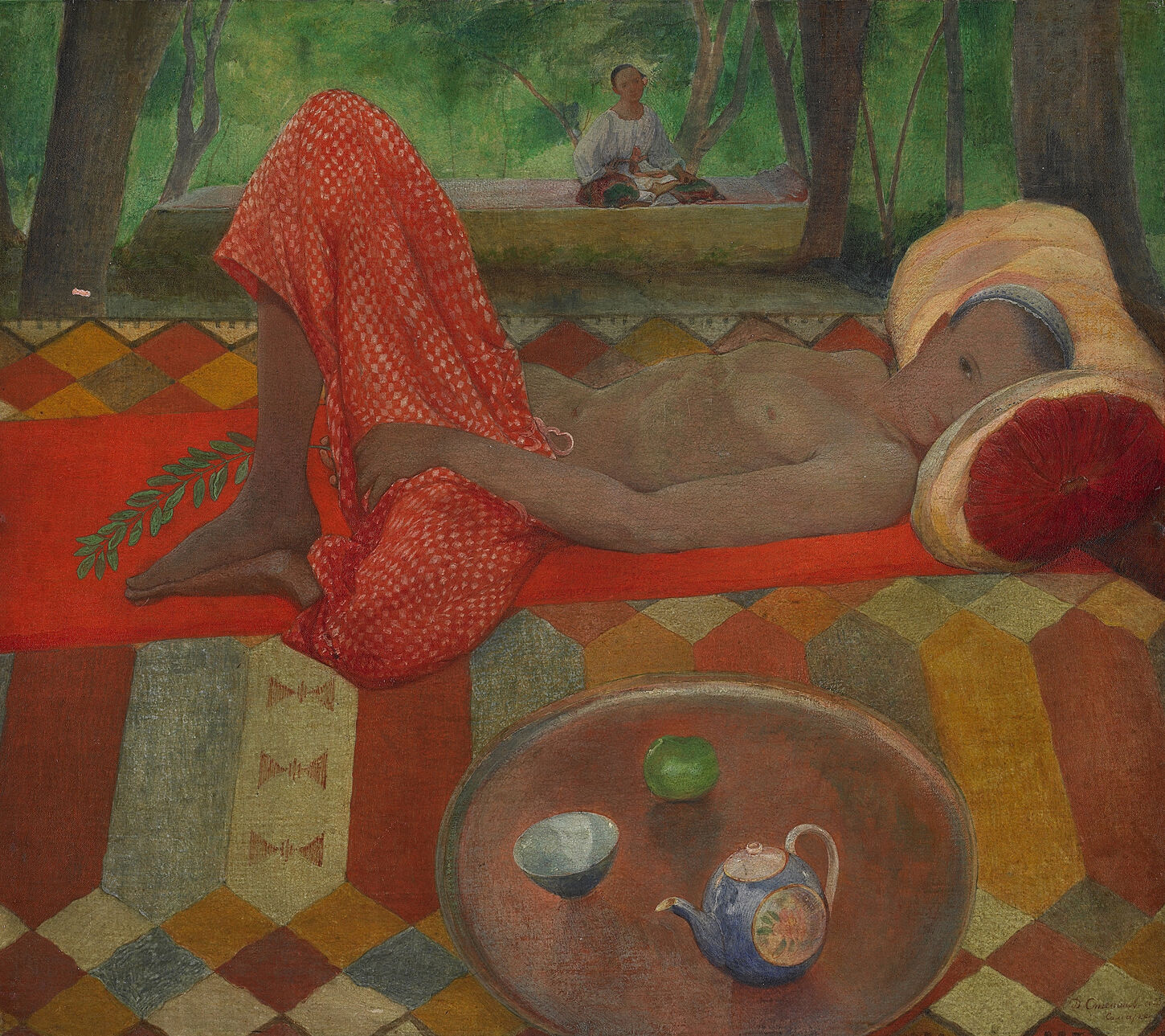The Aesthetics of ‘the Pre-Raphaelites of Samarkand’: From the Androgyny Theme to the Homoerotic Narrative

Daniil Stepanov. Bacha (1923) (courtesy of Tatiana and Georgiy Khatsenkov)
The article analyzes the themes of the works by the artists from Daniil Stepanov’s circle, who met in Samarkand in the early 1920s and are called by the author ‘the Pre-Raphaelites of Samarkand’. In the beginning, in 1921 and 1922, the artworks of several members of the circle –– Stepanov himself, as well as Alexei Iusupov and Kuzma Petrov-Vodkin –– demonstrated an interest in androgyny which, in the context of Central Asia, was frequently associated with adolescent male dancers giving performances dressed as women. Later on, this theme transformed in the ‘Samarkand series’ by one of the circle members, painter and printmaker Alexander Nikolayev (Usto Mumin), into a cohesive homoerotic plot telling, scene by scene, the story of two young men from the ‘bacha bazi’ subculture who meet, fall in love and marry each other. According to the author’s hypothesis, the story was based not on a literary or religious plot, but on a specific life experience.
To cite this item:
Chukhovich B (2021) The Aesthetics of ‘the Pre-Raphaelites of Samarkand’: From the Androgyny Theme to the Homoerotic Narrative. The Garage Journal: Studies in Art, Museums & Culture, 02: 181-213. DOI: 10.35074/GJ.2021.53.19.010
To link to this item: https://doi.org/10.35074/GJ.2021.53.19.010
Published: 12.04.2021
Publication type: Article


